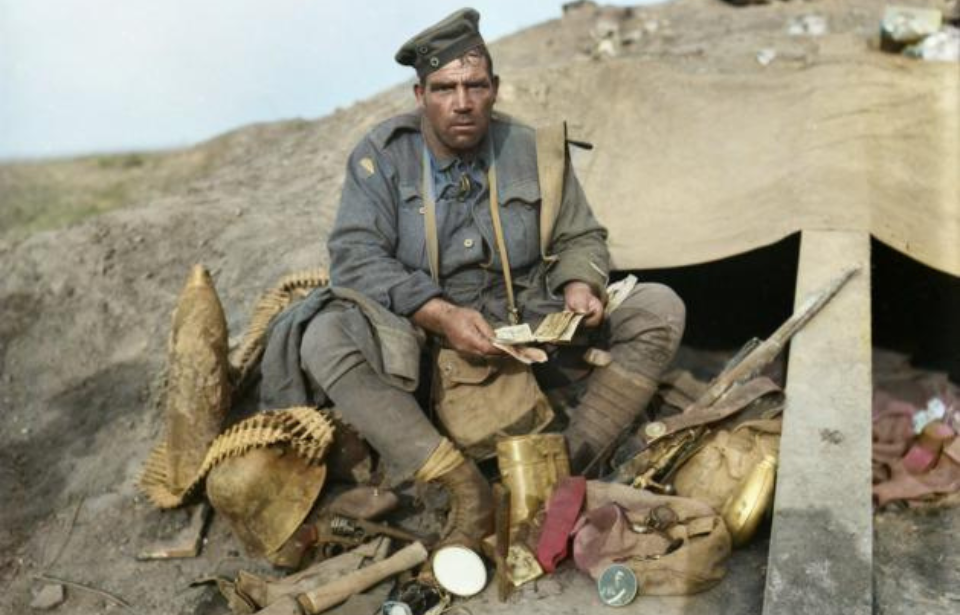There were countless stories of intense bravery to come out of the First World War. However, John “Barney” Hines had a much different approach to how he dealt with the Germans. A soldier with the Australian Imperial Force (AIF), he used his propensity for sticky fingers to steal copious amounts of enemy goods, becoming something of a celebrity in the process.
John Hine’s early life
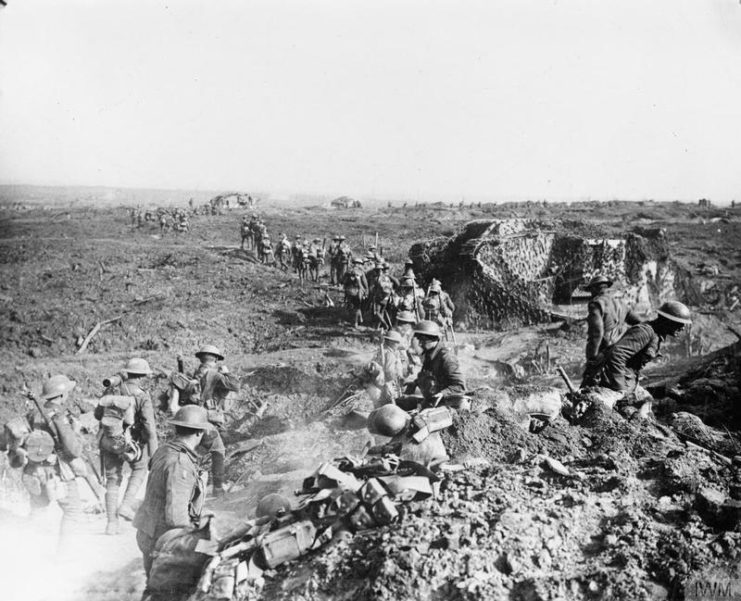
John Hines was born Johannes Heim on October 11, 1878 in Liverpool, England. His parents were German immigrants who’d move to the United Kingdom to find work. Hines married Hannah Maher in 1899, having two children with her. Crew lists from this period indicate he spent a significant amount of time at sea, traveling between Liverpool and North America.
Sometime between 1903-06, Hines left his wife and traveled to New Zealand. Between the time he moved there and his obtaining passage to Australia in 1915, he racked up a number of criminal charges, including vagrancy, threatening behaviour, assault and theft.
John Hines enlists in the Australian Imperial Force (AIF)
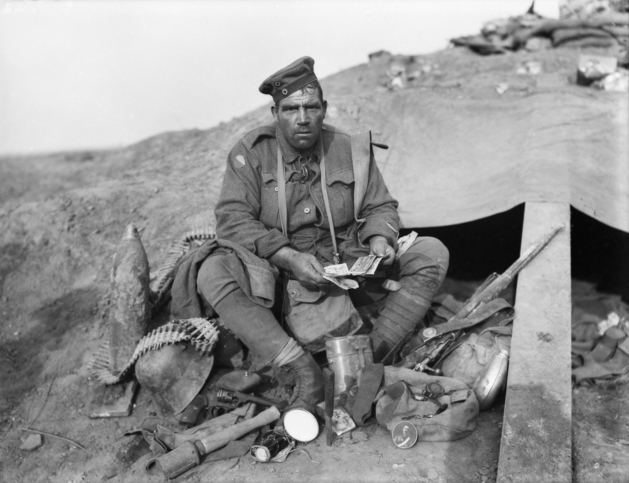
Perhaps to get away from his criminal charges, John Hines traveled to Australia, arriving in Sydney on August 18, 1915. He tried enlisting in the Australian Imperial Force soon after, initially lying about his age and claiming to be 28 years old. However, he was deemed medically unfit for service and subsequently discharged.
‘Souvenir King’
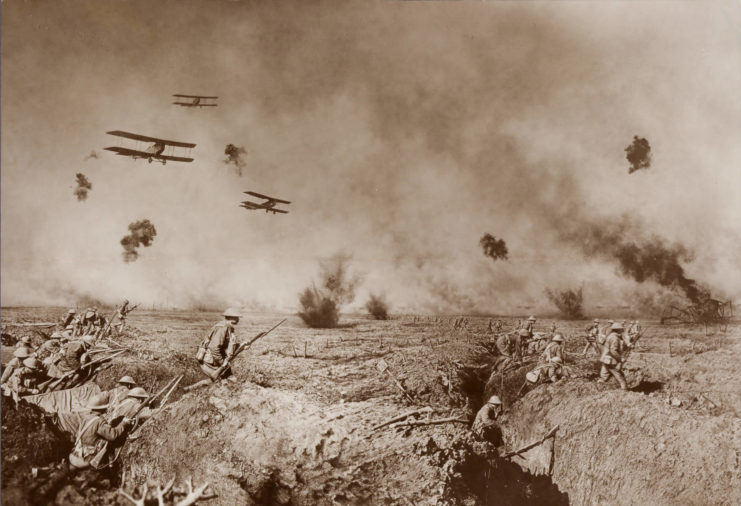
While serving, John Hines gained a reputation as both a devoted and troublesome soldier. When in battle, he was considered extremely effective. His commander, Arthur Samuel Allen, described him as “a tower of strength to the 45th Battalion… While he was in the line.” Off the line, he was described by another as being “two pains in the neck,” as he frequently went missing without leave, forged entries in his pay book and had charges laid against him for drunkenness.
Battle of Polygon Wood
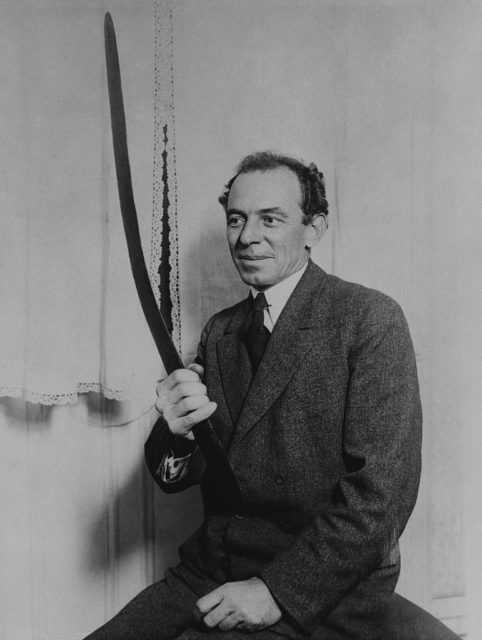
John Hines was injured during the Battle of Messines in June 1917, but was soon back on the frontlines for the Battle of Polygon Wood, where he truly earned his fame. It was an Australian component of the Third Battle of Ypres, which saw them advance with artillery toward the German lines.
John Hines returns home
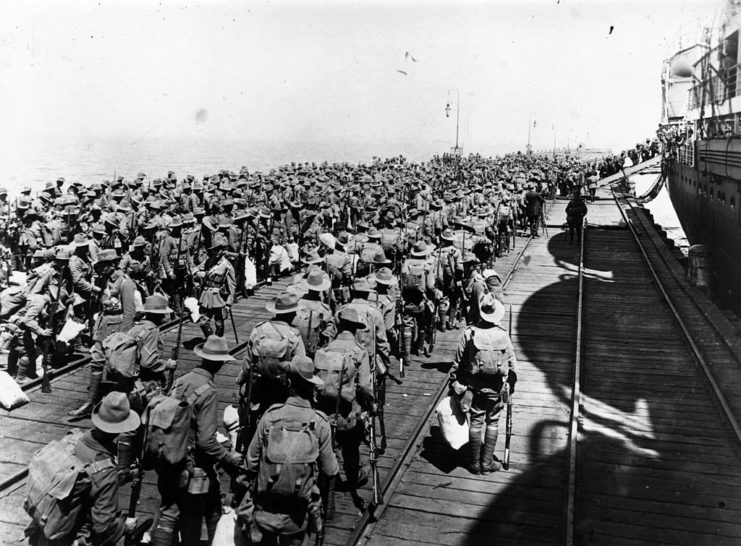
It was during the spring of 1918, when John Hines was fighting in the Battles of Dernancourt, that the soldier fell victim to a gas attack. He was sent for medical treatment at the rear of the front, but the facility was attacked by German aircraft. Hines suffered further injuries when a piece of shrapnel got lodged in his heel, but that didn’t stop him from putting together a makeshift crutch and helping staff move patients to safety.
John Hines’ life following World War I
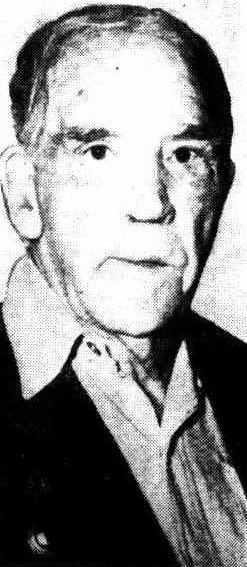
Despite the fame his souvenir-ing brought him and the admiration he received, John Hines lived in poverty upon his return to Australia. He resided in a tent-style dwelling with a small garden surrounded by a fence, from which captured German helmets hung. Much of his income came from selling the souvenirs he found.
